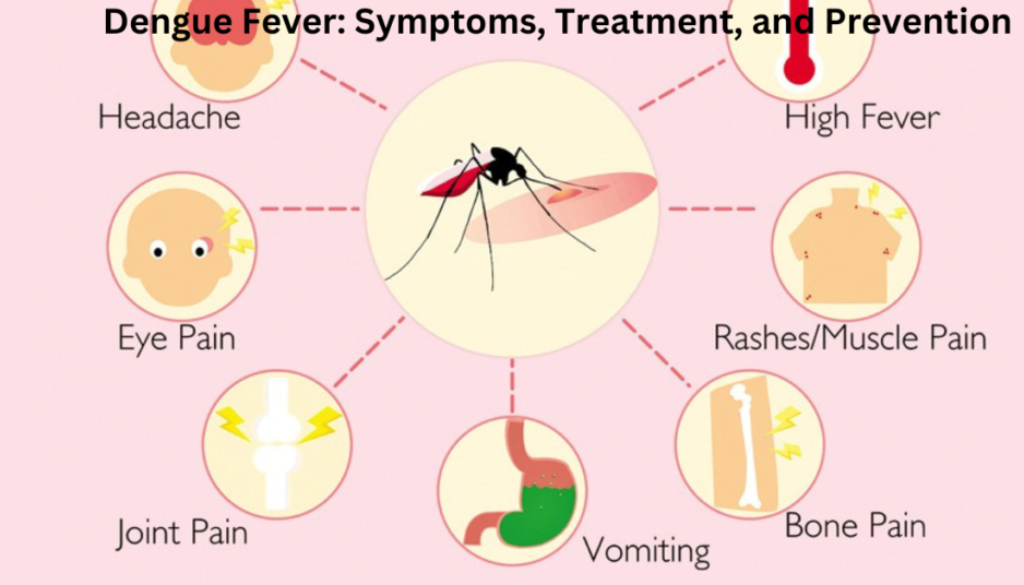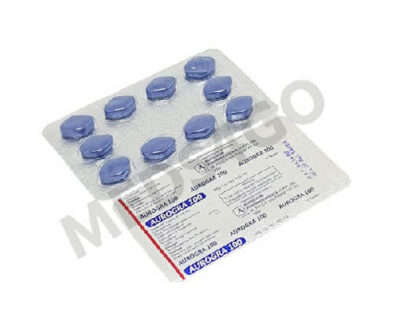Dengue Fever: Symptoms, Treatment, and Prevention
Dengue fever, also known as breakbone fever, is a viral infection. Mosquitoes of the Aedes species are the primary transmitters. This article covers the causes, symptoms, treatment, and prevention of dengue fever and the role of mosquitoes in spreading it.
Causes and Transmission
Any of the four related dengue viruses – DENV-1, DENV-2, DENV-3, and DENV-4 – cause dengue fever. Infected Aedes mosquitoes transmit these viruses to humans. The primary species are Aedes aegypti and Aedes albopictus. A person can contract dengue fever multiple times. One strain does not provide immunity to the others.

Figure 1: An Aedes aegypti mosquito, a primary vector for dengue fever transmission.
Symptoms of Dengue Fever
Dengue fever symptoms can be mild or severe. Symptoms emerge 4 to 10 days following a mosquito’s bite. Common symptoms in adults and children can include:
- High fever
- Severe headache
- Pain behind the eyes
- Joint and muscle pain.
- Nausea and vomiting.
- Rash
In severe cases, dengue can lead to dengue hemorrhagic fever (DHF) or dengue shock syndrome (DSS). These conditions cause severe abdominal pain, ongoing vomiting, bleeding, and shock. They can be life-threatening and require immediate medical attention.

Figure 2: A typical dengue fever rash often appears as white islands in a sea of red.
Diagnosis of Dengue Infection
Diagnosing dengue fever is hard. Its symptoms are like those of other diseases, such as influenza and malaria. A blood test is the only definitive way to confirm a dengue infection. However, providers may start treatment based on signs and symptoms. They need not wait for lab confirmation.

Figure 3 shows that rapid tests for dengue fever are vital. They allow for quick diagnosis and treatment.
Treatment for dengue fever.
There is no specific antiviral treatment for dengue fever. Management focuses on relieving symptoms and includes:
- Drinking plenty of fluids to prevent dehydration.
- Getting plenty of rest
- Using pain relievers such as acetaminophen (Tylenol) to reduce fever and alleviate pain
In severe cases, patients may need hospitalization for intravenous fluids and oxygen therapy.
Dengue Fever Prevention Tips
Mosquito bite avoidance is critical to dengue fever prevention. Effective strategies include:
- Wear protective clothing: Choose long-sleeved shirts and pants. Do this, especially during peak mosquito hours.
- Use insect repellents: Apply insect repellents containing DEET to exposed skin and clothing.
- Use mosquito nets: This is crucial if you are sleeping in areas without air conditioning or proper screens.
- Install window and door screens: Be sure they are intact to keep out mosquitoes.
- Get rid of mosquito breeding grounds: Empty and clean containers holding standing water on a frequent schedule. These include buckets, flower pots, and old tires.
For more on mosquito repellents, see our guide. It’s about choosing the right one.

Figure 4 shows that public awareness campaigns and alerts are vital. They prevent dengue fever.
Global Impact and Control of Dengue Fever
Dengue fever is a primary global health concern. An estimated 100-400 million people get it each year. The disease is common in over 100 countries and pervasive in tropical and subtropical regions. Dengue cases have shot up in recent decades, with the most recorded cases in 2023.
The measures focus on cutting mosquito populations. This process is environmental management. It includes proper waste disposal and putting insecticides in water containers. Researchers investigate genetic mosquito alteration and bioinsecticide application methods.
For the latest on dengue outbreaks and global health efforts, visit the World Health Organization (WHO). WHO Dengue and Severe Dengue.
Dengue Fever Vaccination
Some regions have approved two vaccines to prevent dengue fever. They are Dengvaxia and Tengovax. However, only those with a confirmed previous dengue infection should get the vaccine and live in areas where dengue is common.
Conclusion
Dengue fever is a significant public health issue, especially in tropical regions. No specific treatment exists. Early detection allows for timely intervention, reducing the likelihood of adverse events. Preventive measures are crucial. They include avoiding mosquito bites and controlling mosquito populations. They are key in managing the spread of dengue fever.
Keep visiting https://vibrantlivings.com. It can give more information about health and inspiration.


